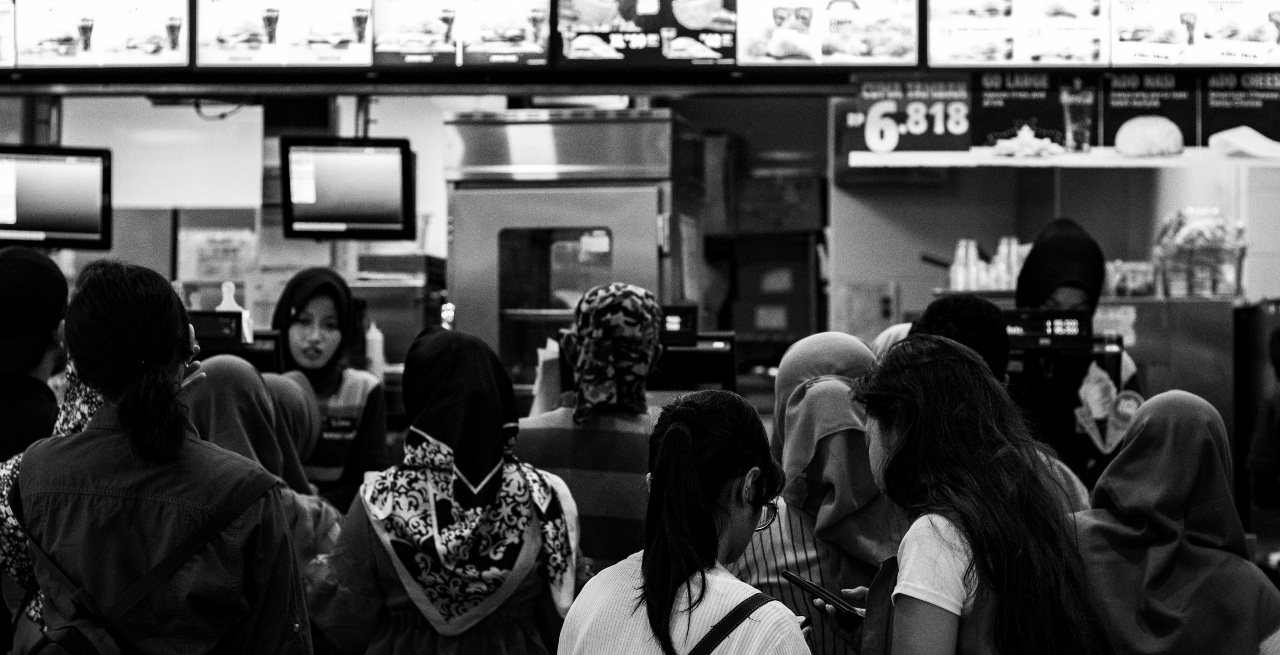Best Practices for Fast-Casual Restaurants Evaluating Labor and Supply Chain Issues
3 Min Read By Chris Birkinshaw
If you’re involved in any aspect of the Fast Casual category, you don’t need me to tell you that labor and distribution issues are real. We all also know that there is no silver bullet that will course-correct the struggles faced by owners and operators. The landscape has changed since the pandemic, and as restaurateurs, we need to push the bounds of innovation to develop short and long-term solutions to the things keeping us up at night – staffing and supply chain challenges.
Here are two ways franchise brands are helping address today’s labor and distribution challenges.
Labor – Retaining Quality Staff
Today’s workforce seeks out a corporate culture that creates a unique environment and sense of community. Your employees want to be a part of a business that takes an interest in them and doesn’t simply demand the completion of a set of workplace tasks. From operations to customer service, you need to invest in your staff. They are absolutely your most valuable resource.
While corporate culture is important to your staff, a competitive wage is the baseline for attracting and retaining employees. Staying competitive within your geographic market is vital, especially as the nation struggles with inflation and rising fuel costs. Today's economic environment might possibly end the Great Resignation, but historically low unemployment rates means that workers have a great deal of choice. While high-quality workers might cost more in the short term, their productivity will yield dividends in the long term. In many ways, the future of the restaurant industry lay in combining technology with fewer workers who are more highly paid, more highly-skilled, and more productive.
Supply Chain and Distribution
Challenges in supply chain and distribution mean that ingredients readily available one week might not be available the next. Aloha Poke Co. has worked to secure secondary suppliers for critical menu ingredients. Strengthening your primary relationships is the first step, and transparency in your needs will go a long way towards maintaining strong relationships as you secure secondary suppliers and initiate redundancies. Maintaining continuity in your core menu is vital to your brand’s concept. Securing alternative channels will reduce the whack-a-mole effect of ingredients becoming victims of production or supply chain shortfalls.
The pre-pandemic fast-casual “chicken war” and the pandemic race to add chicken wings to menus, are good examples of putting many eggs in one basket. Many restaurants bet future profits on an abundant supply or a limited-term commodity contract. Fast forward to today, and chicken prices are at historic highs, as is the soybean oil used for frying the chicken. Fried chicken sandwiches and chicken wings that drove profit margins yesterday, may no longer provide that lift today. Not many of us can predict when this situation will change for the better.
As a poke concept, our success is not predicated on the availability of chicken, but I would be remiss not to acknowledge similar challenges in the salmon industry. Aloha Poke uses salmon raised without antibiotics from waters off Chilean Patagonia, which are some of the world’s coldest. Though Chile is one of the world’s largest producers of salmon, challenges facing the North Atlantic salmon industry have increased demand. Additionally, salmon farmers and fishers rely partly on grain to feed their stock. Ukraine is one of the world’s largest exporters of grain, and with the country unable to export this commodity due to Russia’s current occupation, salmon raised in the North Atlantic has become more expensive to produce, while overall demand continues to rise. As a franchise brand with dedicated distributors, vendors, and a healthy list of secondary sources to procure tier-one ingredients to run our poke model, our distribution worries are less than the status quo.
As restaurant operators continue to pivot, shift, and innovate, keep in mind that you are in the service business. Your staff and customers will make or break your business. With that said, not having a product to offer or a reduced menu may leave customers seeking their favorite meals elsewhere and toward a restaurant operation that can foresee challenges and have a plan to address them.


